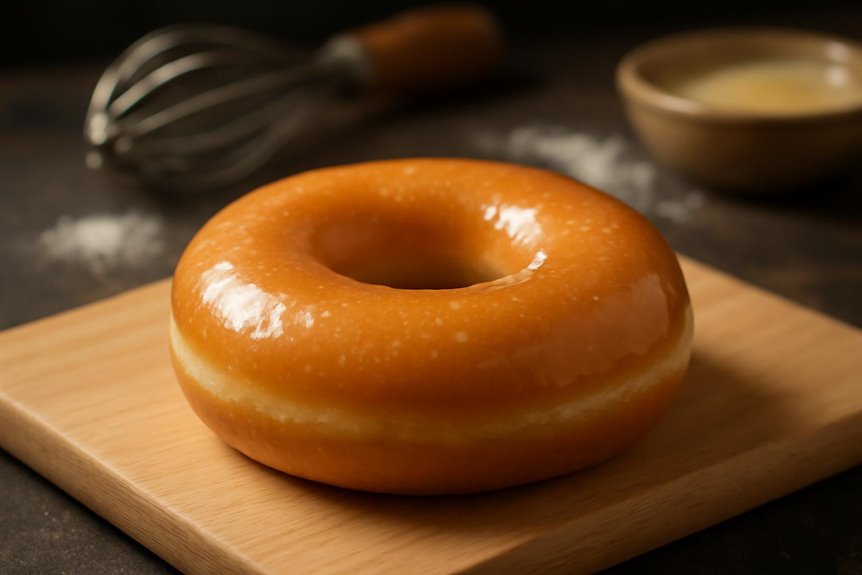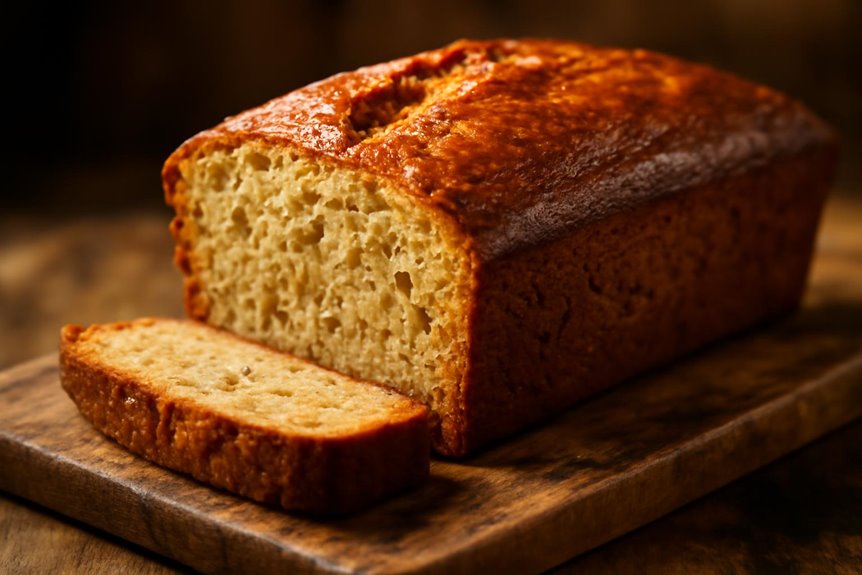You’ll start with warm milk to wake the yeast, then mix in light flour, sugar, and a pinch of salt to form a supple dough. Knead until smooth, let it rise until doubled, and shape rings that rest before their hot, golden fry. As you tune the oil temperature and timing, a simple glaze or sugar finish awaits—just enough to tempt you to keep going, but not spoil the moment you begin.
Doughnut Foundations: Ingredients and Yeast Activation
Doughnut foundations start with the right ingredients and a reliable yeast activation method. You’ll want flour that’s light and unbleached, sugar for tenderness, salt for balance, and active dry yeast for lift. Warm milk—not hot—awakens the yeast without cooking it, proving bubbles before you mix. Combine dry ingredients, then whisk in the yeast mixture, melted butter, and egg to create a smooth, cohesive dough. Avoid overworking early; you’re setting the structure for rise. Check the proof: a slight bubbly surface indicates readiness. Once activated, your dough is primed for the next steps toward airy, golden doughnuts.
Crafting the Dough: Kneading, Rising, and Shaping
Knead the dough until it’s smooth and elastic, about 5 to 7 minutes by hand or with a stand mixer. You’re building gluten strength, so stop when it passes the windowpane test and looks satiny. If sticky, knead briefly with a light dusting of flour; if dry, dampen with a splash of milk. Transfer to a greased bowl, cover, and let rise until doubled. Gently punch down to release gas, then shape. Roll to 1/2 inch, cut circles or holes, and reprove second-rise on a floured sheet. Keep shapes evenly spaced for uniform frying and golden results.
Frying to Perfection: Temperature, Time, and Finishing Touches
Once your dough is ready, heat the oil to 365–375°F and maintain that temperature as you fry. Keep doughnuts gentle to avoid collapsing; don’t crowd the pan. Fry 1–2 minutes per side, until deep golden and crisp. If spots look pale, adjust heat slightly higher; if they brown too fast, lower the flame. Use a slotted spoon to flip and remove, letting excess oil drain on a rack. Finish with glaze, cinnamon sugar, or a simple dusting of confectioners’ sugar while warm. Check for doneness with a tap—hollow sound means perfection. Serve fresh for best texture and taste.
Conclusion
In the end, you’ve turned simple ingredients into a weekend-worthy treat. Your activated yeast woke the dough, and patient kneading gave it the glow of perfect elasticity. Rising twice let it puff up with confidence, ready to become rings you fry to a warm, golden brown. A quick glaze or dusting of sugar finishes the magic, and you’ve earned a Golden Fry-Day moment—crispy on the outside, soft and sweet inside, exactly how doughnuts should be. Enjoy!


